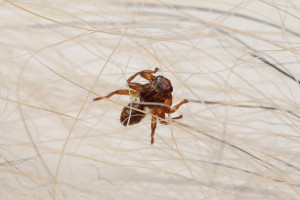It reigns supreme in allotments and gardens. It is not without reason that it is called the "tree of death"

Author: prepared by JKB • Source: Rynek Zdrowia • Published: 05 June 2025 19:44 • Updated: 05 June 2025 19:45
The common yew is one of the most common ornamental trees in Polish gardens and parks. Although beautiful and easy to care for, it has been called the "death tree" since ancient times - and for good reason. All of its parts, apart from the fruit aril, are highly toxic to humans and animals. Find out why it is worth being careful when having it in your environment.
- The common yew contains in all parts a highly toxic substance called taxine, which is dangerous to humans and is particularly dangerous to dogs and cats.
- This toxin damages the heart, kidneys, nervous system and digestive system, leading to paralysis, cardiac arrhythmias and even cardiac arrest.
- Symptoms of yew poisoning include vomiting, abdominal pain, diarrhea, dizziness, salivation, blue lips and loss of consciousness.
- Poisoning most often occurs after eating the seeds contained in the fruit or using yew preparations in folk medicine.
Yew contains a toxic substance in all its parts, the presence of which poses a threat to humans, but is also particularly dangerous to dogs and cats.
This plant contains taxine , which is harmful to the heart, digestive system, nervous system and kidneys . A person who is poisoned may first feel agitated, and then paralysis occurs. The heart rate increases, but then it slows down, blood pressure drops, which leads to cardiac arrest. After taxine poisoning, inflammation occurs and the respiratory system and kidneys may be paralyzed.
Symptoms of poisoning are:
- vomiting,
- severe abdominal pain,
- diarrhea,
- salivation.
- dizziness,
- shallow breathing,
- blueness of the lips,
- loss of consciousness.
Poisoning most often occurs after consuming seeds hidden in yew fruit. What's more, as the radio station points out, poisoning can also occur after consuming or using folk medicine preparations that use yew.
Copyrighted material - reprint rules are specified in the regulations .
rynekzdrowia









